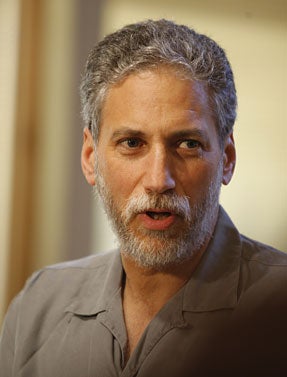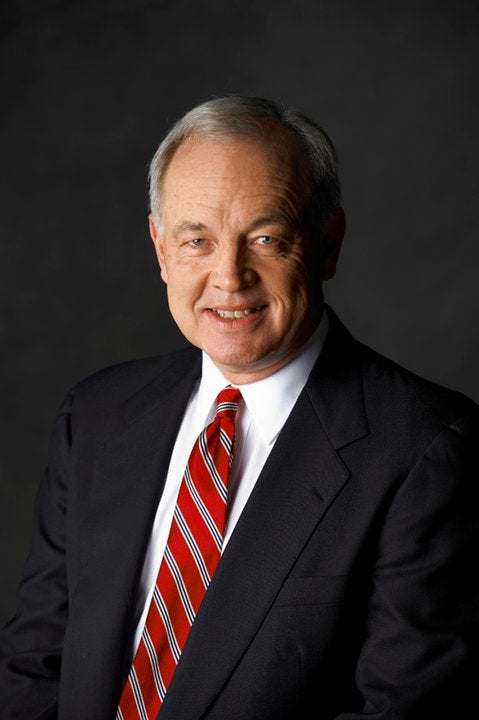 Last month I travelled to Amsterdam for European Utility Week (EUW), Europe’s largest “smart energy” conference that was attended by more than 7,000 people, hundreds of exhibitors, utilities, regulators and policy experts. The theme of this year’s conference was “Pulling in One Direction,” with a focus on greater collaboration between the European power transmission and distribution sectors. I was invited to speak about EDF’s Smart Power Initiative, which aims to change the trajectory of the U.S. electricity system to help avoid dangerous climate change through smart power policies and clean energy investments.
Last month I travelled to Amsterdam for European Utility Week (EUW), Europe’s largest “smart energy” conference that was attended by more than 7,000 people, hundreds of exhibitors, utilities, regulators and policy experts. The theme of this year’s conference was “Pulling in One Direction,” with a focus on greater collaboration between the European power transmission and distribution sectors. I was invited to speak about EDF’s Smart Power Initiative, which aims to change the trajectory of the U.S. electricity system to help avoid dangerous climate change through smart power policies and clean energy investments.
Why would EUW be interested in EDF’s approach? Because EDF seeks to knit together key state and regional regulatory agendas to “move the needle” toward a clean and modernized power grid, and to fix the “disconnect” between power transmission and distribution. Increasing the connection between the wholesale sector (typically has more sophisticated markets including real time pricing) and the distribution sector (has less sophisticated pricing) can unlock the value of smart grid.
This is one reason why our team seeks to enable smart metering and dynamic pricing for customers on the distribution side. Dynamic pricing incentivizes the shifting electricity use to periods of lower demand and lower prices (often when clean, low-carbon energy is most available). Enhancing the flow of information and energy between the wholesale and distribution sector will also empower smart grid solutions such as: reducing wasted energy through energy efficiency and demand response (which rewards customers who use less electricity during times of peak, or high, energy demand) and increasing the use of clean, distributed generation (like wind and solar). These innovative solutions will ultimately make the system cleaner, less wasteful and eliminate the need to invest in additional polluting fossil fuel power plants. Read More














